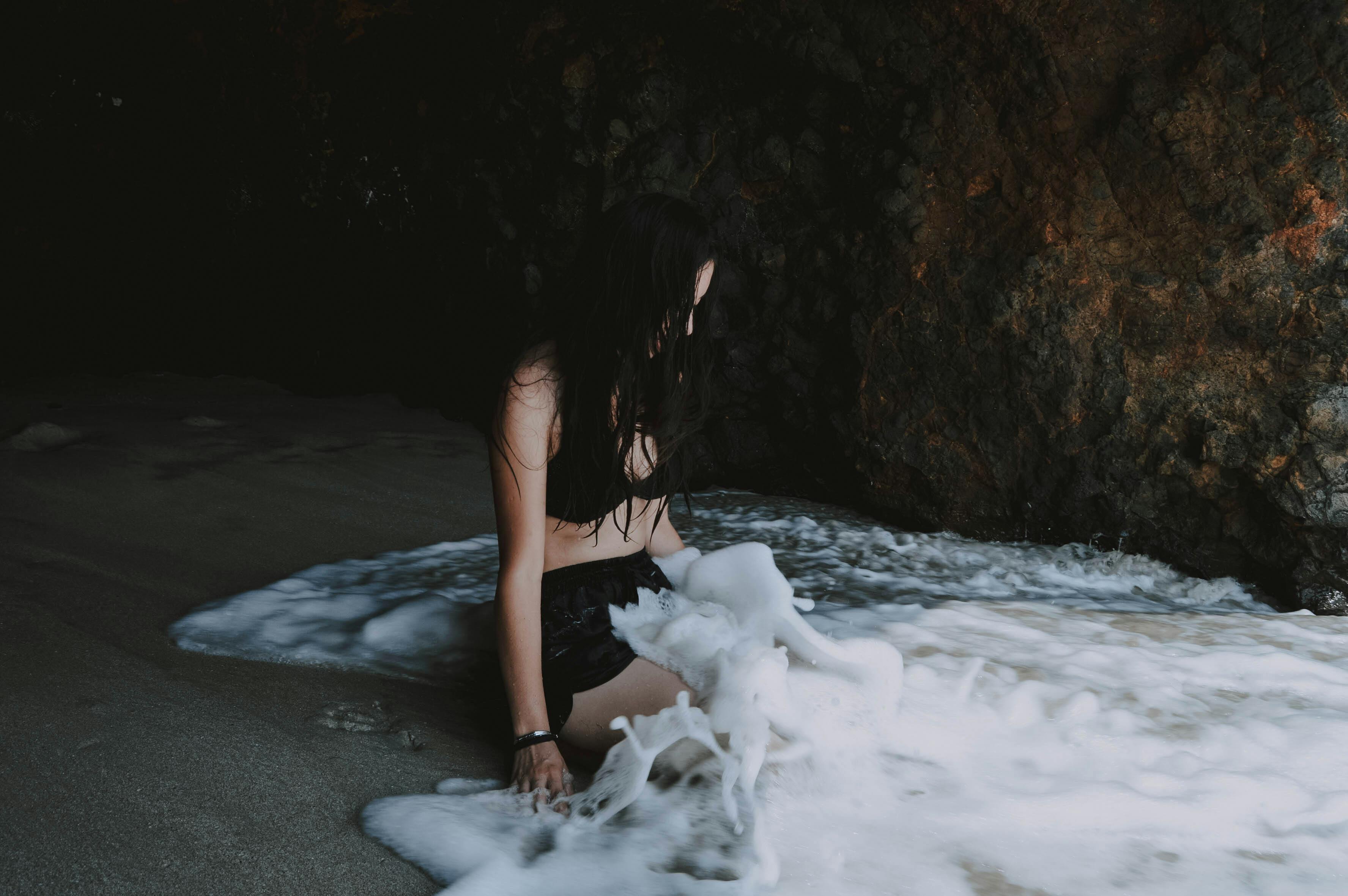Thousands of years ago, Native Americans sewed seals and bear skins as materials used for early forms of kayaks. Sealed air-filled bladders were used as ballast to give kayaks buoyancy.
Some kayaks can hold up to three paddlers, depending on the type of material the kayak was built from. And they vary according to prices. Kayaks made from plastic are mostly the most affordable, ranging from $300 to $2000 and those built with Kevlar are lighter yet stronger than the other kayak materials. Therefore, it is the most expensive type of kayak, with a cost price of $4500. There are several types of kayaks depending on the environment in which they are to be used. So are surf kayaks, other sea kayaks, racing kayaks, and whitewater kayaks. Hybrids are known as recreational kayaks.
Kayaks are designed quite differently and also vary in shapes and sizes as well as the different materials used. Sea kayaks, for example, are built to have longer bodies. That way, they can cover more distance. Whitewater kayaks, on the other hand, are built with high-impact plastics. This is so they can easily bump and bounce off rocks in rapids, without much damage to their body. Sit on top kayaks are possibly the most popular kayaks and best suited for first timers. This is because they are mainly stable. And it can be easily used for fishing and paddling fun.
Kayaks are made with fiberglass or rotomolded plastics to give them a light weight, low maintenance shape and further enhance their durability. The wider the width of a kayak, the longer paddle length it will require. It is also easier to use sit on top kayaks as they have wider beams and will ensure stability of the seat for the kayaker.
There is a clear difference between canoeing and kayaking. And this difference is in the blade used. Canoe paddles are single-bladed, while kayak paddles are double-bladed. Depending on your physical constitution and the size of the kayak, you will have to make preferences. For wider kayaks, you will need a taller paddle.
If you are small or diminutive by nature, using a lighter palette will do you a world of good. It is also very important that you do not push yourself beyond your ability. Please note that paddle blades vary. Wider blades give you more thrust or acceleration but give you a lot of resistance in the water. Narrow blades require less effort due to less resistance, but more requires more strokes.
To stay safe, one has to get a personal flotation device, for example, a life jacket, even if kayaking in calm waters. Getting the US Coast Guard Type III PFD is the best option, especially when kayaking. This is because it is usually comfortable and light. So this essential information will help you get ready to go and enjoy the adventure of a lifetime.
